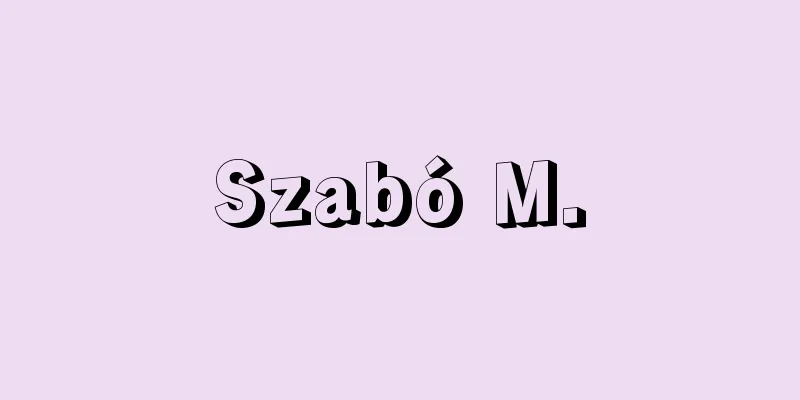Law of mass action

|
This law shows how the mass (concentration) of substances involved in a chemical reaction affects the equilibrium. It is one of the most important chemical laws, proposed by C.M. Gruberg and P. Boge of Norway in 1864. For example, in the following reversible reaction in a homogeneous system, a A+ b B+ c C+…… [Toda Genjiro] [Reference items] | | | |Source: Shogakukan Encyclopedia Nipponica About Encyclopedia Nipponica Information | Legend |
|
化学反応に関与する物質の質量(濃度)が、その平衡にどのように作用するかを示す法則。1864年ノルウェーのC・M・グルベルとP・ボーゲが提出した、もっとも重要な化学法則の一つ。たとえば、均一系の次の可逆反応 [戸田源治郎] [参照項目] | | | |出典 小学館 日本大百科全書(ニッポニカ)日本大百科全書(ニッポニカ)について 情報 | 凡例 |
>>: Mass-luminosity relationship
Recommend
Mansonia altissima (English spelling) Mansonia altissima
...The seeds of the genus Cholera, such as the We...
Al-Maidānī, Aḥmad ibn Muḥammad
[raw]? [Died] October 27, 1124. Nishapur Iranian l...
Blut und Eisen (English spelling) Blut und Eisen
...the name given to Bismarck's policy of Ger...
Cytotrophoblast
…The fertilized egg is called a blastula. During ...
Horse's Tail - Umanoshippo
...It is said that the first was Mikazuki Osen, p...
Evaporated milk
Also called unsweetened condensed milk. Milk or sk...
Stone circle; cromlech
Also called a stone circle. A type of megalithic m...
Tochigiyama Moriya
The 27th Yokozuna. A disciple of Yokozuna Hitachi...
perfect rime
...A simple rhyme is one that rhymes with stresse...
Declaration of Indulgence
In 1689, after the Glorious Revolution, the Religi...
wood-pewee (English spelling) woodpewee
…16 species), Sayornis (phoebe, 3 species), Conto...
Osarizawa [town] - Osarizawa
...The central city of the Hanawa (Kazuno) Basin ...
Prince Oshikabe - Prince Oshikabe
…His mother was Princess Kajihime of Shishihito O...
Kiyosumi moray eel - Kiyosumi moray eel
A perennial plant of the Orobanchaceae family (AP...
Brothel - Okiya
A house that employs prostitutes and geisha (geig...






![Yantra (English spelling) yantra [Sanskrit]](/upload/images/67cd107a36ec7.webp)


